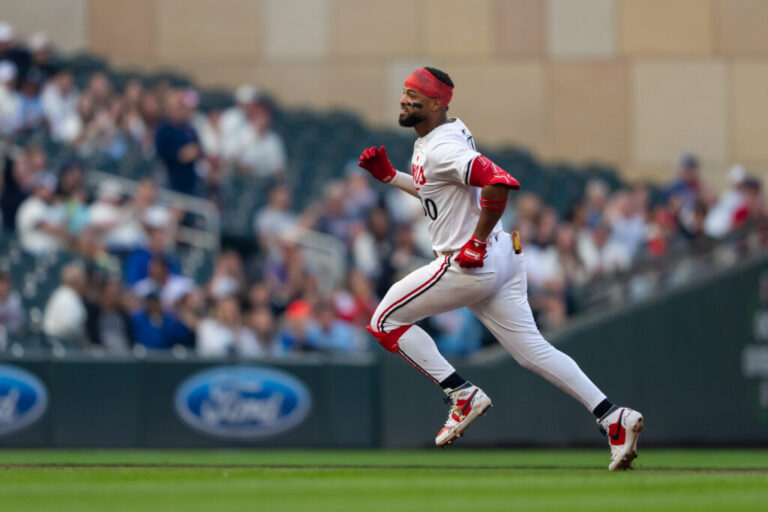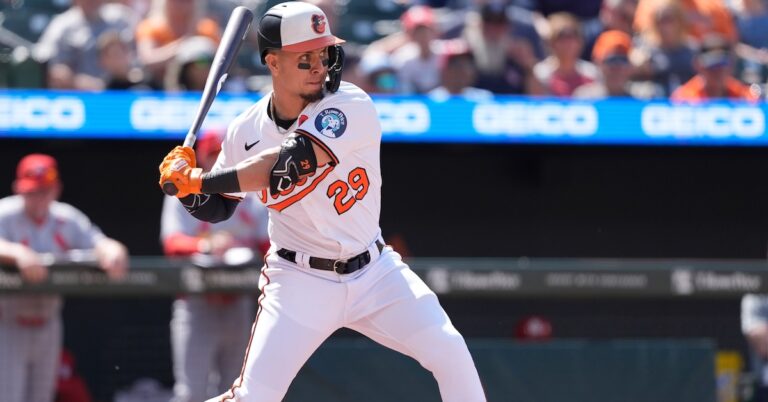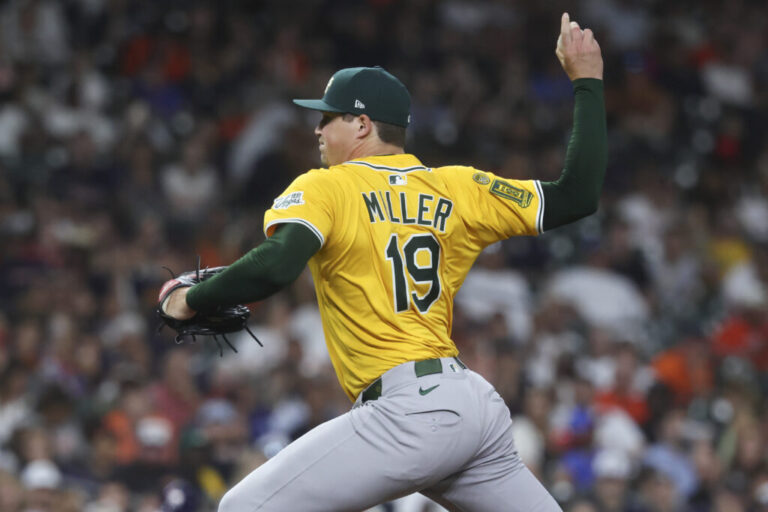
Jack Flaherty pitching for the Detroit Tigers, CC’ed by Liscense 2.0
In 2024, several former All-Star pitchers have had rebound years, but perhaps the most unexpected comeback has been from Jack Flaherty. After his debut in 2017, Flaherty quickly became a solid starter for the Cardinals. His breakout year came in 2019, where he posted an incredible 0.91 ERA in the second half of the season, finished 4th in the NL Cy Young voting, and led the Cardinals to an NLCS appearance. However, the following years were plagued with struggles and injuries. In 2021, Flaherty missed significant time due to an oblique strain and a shoulder strain, with the latter lingering into 2022. In 2023, he was traded to the Baltimore Orioles, but his performance was inconsistent. Despite this, it was his healthiest season since 2020, as he pitched 144.1 innings, nearly matching his total innings pitched from 2020-2022 (162.1). In 2024, Flaherty signed a one-year contract with the Detroit Tigers, revitalizing his career. Let’s explore how he managed to turn things around.
Flaherty’s Stats (Through 6/21): 95.0 IP, 16 GS, 3.09 pCRA, 32.4% K%, 4.3% BB%, 7.8% Barrel%, 44.1% GB%, 34.2% CSW%, 15.7% SwStr%, 33.4% Whiff%.
This season, Flaherty has posted career-best results in multiple statistics. Excluding the 2020 season, he’s posted a career-high strikeout rate (94th percentile), walk rate (95th percentile), chase rate (78th percentile), and whiff rate (94th percentile). His improvement in walk rate is particularly notable, as he had been above 10% the last two seasons, with his previous career best coming in 2019 at 7.1%.
Breaking Down the Pitches
Flaherty’s biggest improvement has been in his command, particularly of his fastball and slider. From a movement perspective, the induced vertical break has increased from 13.4 inches in 2023 to 15.3 inches in 2024 (which is more average than good, but an improvement nonetheless). I think this is either related to his slight increase in release height (5.4 feet in 2023 to 5.5 feet in 2024) or his improvement in spin efficiency (the percentage of spin rate that impacts movement) from 72% in 2023 to 80% in 2024. Last season, I think Flaherty struggled with uncompetitive misses on the pitch, evidenced by a few stats. First, he threw the pitch in the strike zone only 54.0% of the time, slightly below the league average of 55.8%. However, in 2024, Flaherty increased this pitch’s zone rate to 60.8%. Secondly, he’s decreased the percentage of pitches thrown in the “waste” zone (there isn’t a concrete definition for this, but just think of a pitch so uncompetitive that batters will not move the bat off their shoulder) from 6.4% in 2023 to 2.9% in 2024, better than the league average of 5.2%. Finally, the walk rate on the pitch has improved from 12.8% in 2023 to 5.3% this season. Due to Flaherty zoning the pitch more, the swing rate on the pitch has increased from 41.6% in 2023 to 46.6% in 2024, and batters are whiffing at a higher rate than they did last season (20.8% Whiff% in 2023 vs 25.8% Whiff% in 2024).
Flaherty’s slider has a very similar movement profile to last season, but as seen by these heat maps, he’s locating the pitch slightly lower than he did last season. Looking at it from a numbers perspective, the percentage of sliders thrown in the heart of the plate has decreased from 25.0% last season to 16.7% this season. Conversely, the amount of pitches thrown in the shadow zone (the best place to get called strikes and whiffs) has increased from 43.1% to 51.1%. Despite the difference being a matter of inches, this adjustment has paid major dividends: The pitch has a 31.3% Usage%, 3.47 pCRA, 31.0% K%, 5.4% BB%, 8.5% Barrel%, 40.2% GB%, 34.1% CSW%, 20.3% SwStr%, 39.1% Whiff%, all of which are above average. Additionally, he’s trusting the pitch more as a put-away pitch, evidenced by his increased usage in two-strike situations from 24.7% in 2023 to 32.4% in 2024.
2023 Slider Location
2024 Slider Location
Flaherty also throws a sweeping curveball with 14.1 inches of glove-side movement, which Baseball Savant says is 21% above average. Last season, it was Flaherty’s best pitch, posting a 19.4% usage%, 2.78 pCRA, 33.6% K% 7.2% BB%, 5.6% Barrel%, 33.4% CSW%, 18.9% SwStr%, and 40.2% Whiff%. All of these numbers were very good, but the pitch has taken another step forward this year: 18.7% usage rate, 0.54 pCRA, 45.2% K%, 0.0% BB%, 0.0% Barrel%, 55.9% GB%, 38.1% CSW%, 21.3% SwStr%, and a 44.5% Whiff%. While I can’t pinpoint a reason for this improvement from a stuff or location standpoint, I think the curveball is playing off of the fastball better.
Last season, Flaherty used a cutter 9.1% of the time primarily as a weapon against right-handed batters. The pitch had above-average glove side movement (84% more than average), but the results weren’t good: 5.63 pCRA, 17.6% K%, 7.8% BB%, 11.4% Barrel%, 28.0% CSW%, 11.7% SwStr%, 26.4% Whiff%. If pitchers are taught to throw their best pitch often, the inverse of that is to throw your worst pitch less. Flaherty has followed this logic, which has improved his results.
As of this writing, the Tigers are five games out of the AL Central lead and six games back in the wild-card race. While the team has improved offensively, their best bet is to focus on 2025. Flaherty, a potential rental, could be valuable to teams in need of starting pitching for a playoff push. At only 28 years old, a strong second half and playoff run could set him up for a significant payday this offseason. Once considered one of the best up-and-coming pitchers, Jack Flaherty is back on track and would be a formidable opponent in a playoff game.
Stats via Baseball Savant, Alex Chamberlain Pitch Leaderboard





